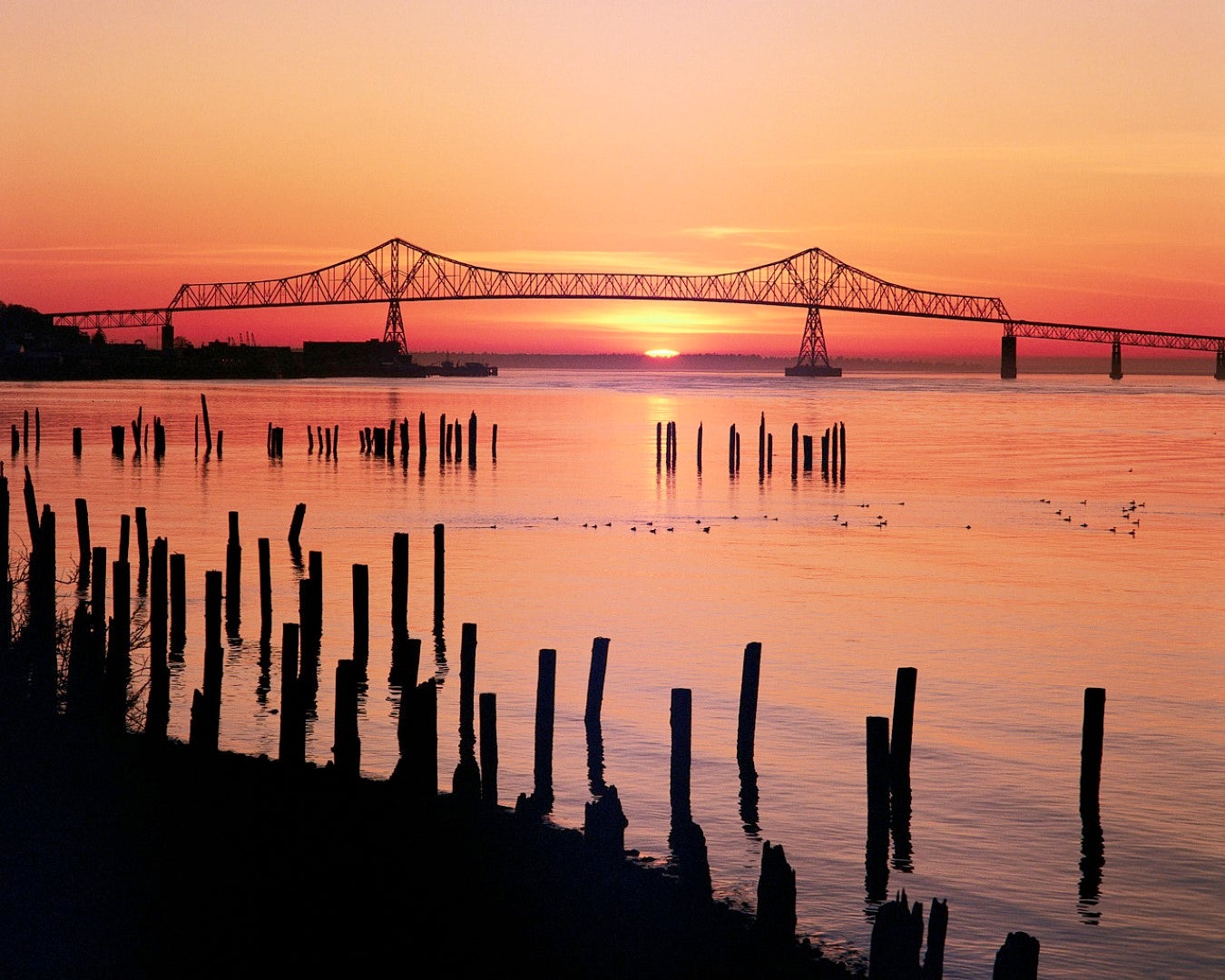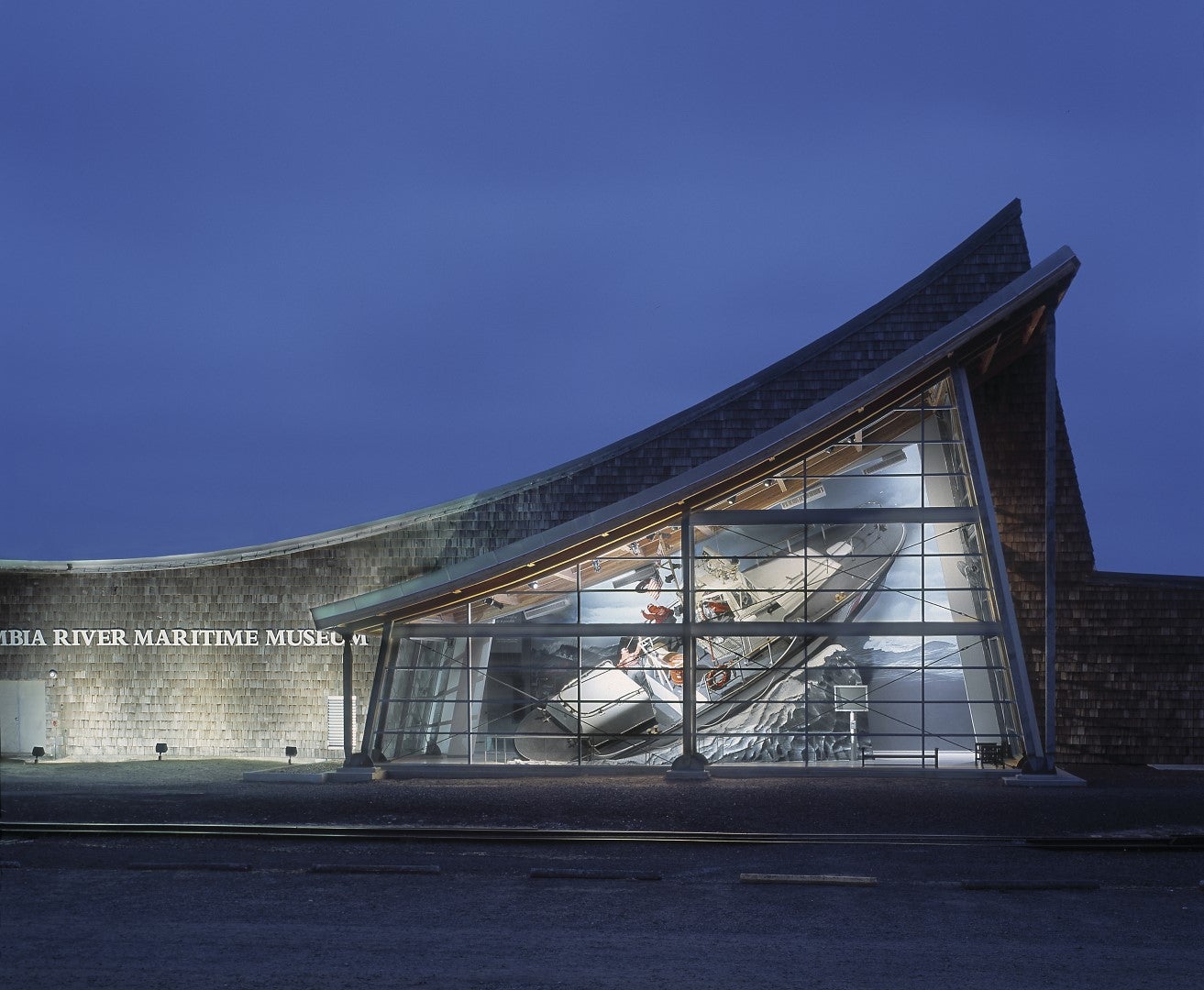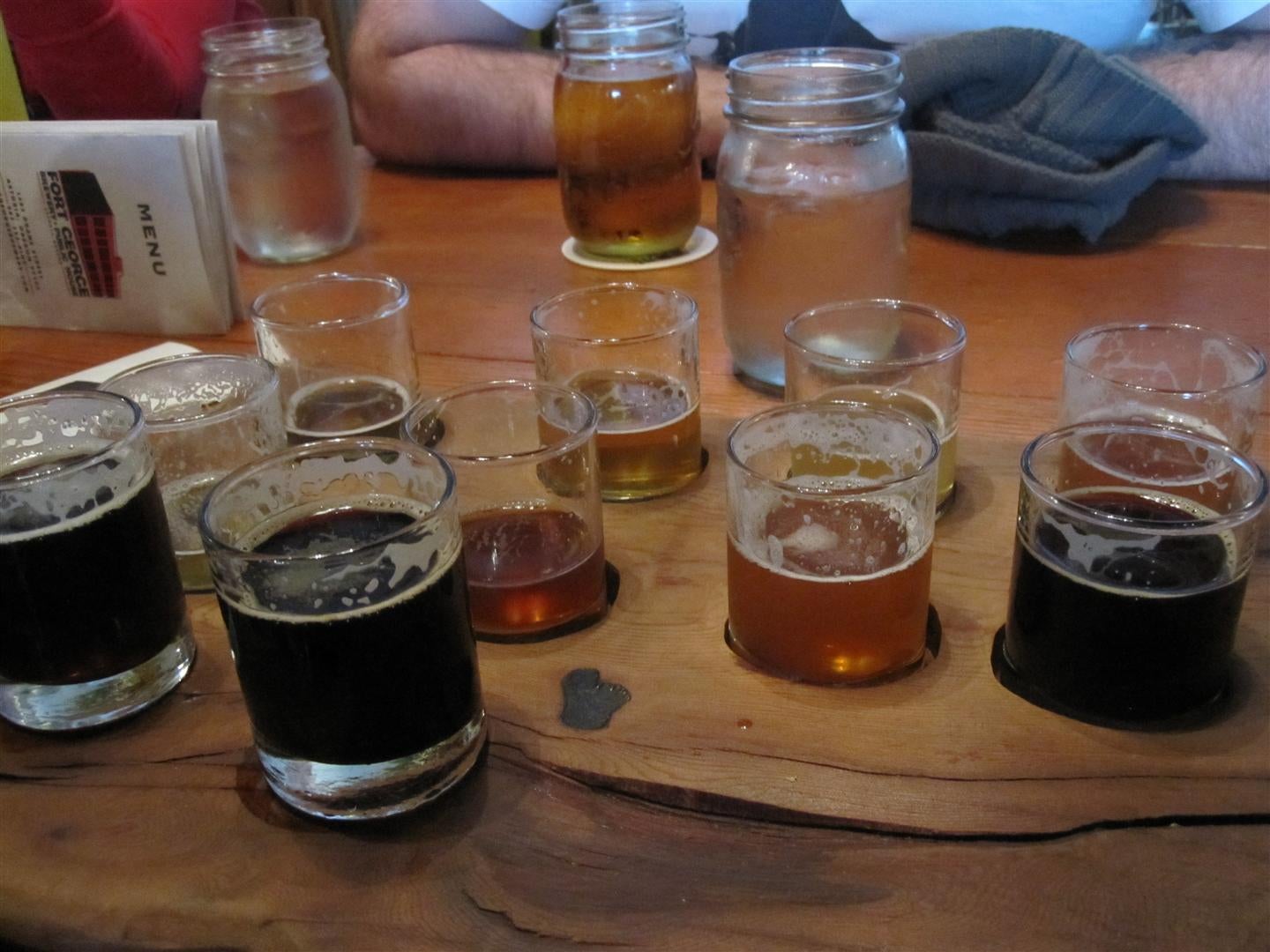Your support helps us to tell the story
From reproductive rights to climate change to Big Tech, The Independent is on the ground when the story is developing. Whether it's investigating the financials of Elon Musk's pro-Trump PAC or producing our latest documentary, 'The A Word', which shines a light on the American women fighting for reproductive rights, we know how important it is to parse out the facts from the messaging.
At such a critical moment in US history, we need reporters on the ground. Your donation allows us to keep sending journalists to speak to both sides of the story.
The Independent is trusted by Americans across the entire political spectrum. And unlike many other quality news outlets, we choose not to lock Americans out of our reporting and analysis with paywalls. We believe quality journalism should be available to everyone, paid for by those who can afford it.
Your support makes all the difference.When Lewis and Clark, the pioneers who first forged a trade route to the west coast of America in 1806, finally reached the Pacific coast, they were pinned by its fierce storms to a rock face on the north bank of the Columbia river. It was so miserable that they called the place where they sheltered “Dismal Nitch”.
As a place name, it hardly evokes images of sleek craft beer breweries, artisan coffee and antique shops. But that is exactly what has sprung up at the Columbia river mouth two centuries later in Astoria, the historic Oregon town that has become a haven for hipster refugees fleeing Portland’s soaring rents.
I was fairly staggered by Astoria myself: a fortnight into a bicycle tour of the Pacific coast from Canada to Mexico, I had found Washington’s coast to be a rugged ride through fir forests, interspersed with diners and biker bars where “Vote Trump” banners still fluttered in the constant, cold wind. I had expected more of the same when I crossed the long Astoria-Megler bridge into Oregon. But it had been a long, tiring ride, it was my birthday and I missed home, so I searched my map for nearby craft beer bars. When it returned 17 options within walking distance, I realised this was my kind of place.
I rolled my heavily loaded touring bike to the nearest, Fort George, and locked it alongside the custom-built fixies parked in the gardens of its converted warehouse. I had missed a tour of the brewery (Saturdays and Sundays, 1pm and 4pm), but made up for that in its 19-tap taproom. Named after the brewery and pub at the centre of Astoria’s original, 19th century settlement, Fort George now boasts its own block of hipster indulgences, including an artisan pizza restaurant and live music venue.

The building used to be a car factory, and that it now hosts one of America’s best craft stout festivals (Festival of Dark Arts, February 2019) sums up the contradictions that make this little seaside town so beguiling. The oldest American settlement west of the Rockies, nowadays food trucks selling organic vegan bowls sit between its Victorian houses, and longshoremen from its industrial port scoff fresh oysters alongside former Portlandians.
That this is a city where old America meets new is wonderfully evident from the Astoria Column, the city’s greatest viewpoint. The next day, from the top of its 164-step spiral staircase, I looked down over a city of Victorian steeples and urban penthouses, all fringed by the Columbia river, dotted with fishing boats, the roaring Pacific and acres of dense forest. I could also see my brunch spot, Astoria Coffeehouse and Bistro, a quirky little cafe that blends chintz – cakes under glass domes – with modern, innovative bistro cooking. I was too early for dinner, but marvelled at the menu’s mention of ahi sushi with wasabi marinated purple cabbage.

I walked off my lunch in the cool corridors of the Flavel House museum, a gratifyingly ornate masterpiece of Queen Anne architecture built for the Victorian bar pilot Captain George Flavel and his family. Bar pilot sounded like my career since abandoning my bicycle for Astoria’s breweries, but I learnt later at the sleek Columbia River Maritime Museum that these hardy souls are the licensed sailors who are dispatched from Astoria to navigate visiting ships over the Columbia river bar. Known, soberingly, as the Graveyard of the Pacific, the savage currents that swell over its many shoals have sunk more than 2,000 large ships since the 19th century.
Dawn the next morning found me mercilessly pursuing razor clams across Fort Stevens beach. “Clam digging” is a local tradition – one that I wasn’t very good at – and I recovered from the early start with a bagel and excellent pour-over coffee at Street 14 Cafe, whose commitment to local ingredients includes sandwiches stuffed with foraged microgreens.

Astoria is bustling with vintage shops – including the minimalist boutique Doe and Arrow for clothes, accessories and vinyl records, and Chariot Home, an antiques store with a bizarre sideline in spiritualist workshops and tarot reading classes. Sadly I was cycling on to Mexico and had nowhere to fit a vintage candelabra on my bike, so I ended my time in Astoria with a trip to Lewis and Clark national historic park.
The seaside park contains a restored version of the fort where the expedition party wintered after they finally escaped from the dismal nitch, and as Oregon’s famous rain beat hard at its walls, I admired their fortitude. If only they’d been able to enjoy a hearty dinner of beer battered fish and chips and a pint of Fort George’s IPA, they might not have found this particular nitch quite so dismal after all.
Travel essentials
Getting there
Delta flies to Portland, Oregon, from London Heathrow from £900 return. Northwest Point runs a bus between Portland and Astoria. Tickets (one way) cost $18.
Staying there
Built in a converted former riverside cannery, rooms at the Cannery Pier hotel offer unrivalled views of the bustling port and Columbia river. With on-site spa and walking tours. Doubles from $319, B&B, plus complimentary wine and lox in the evenings.

Join our commenting forum
Join thought-provoking conversations, follow other Independent readers and see their replies
Comments